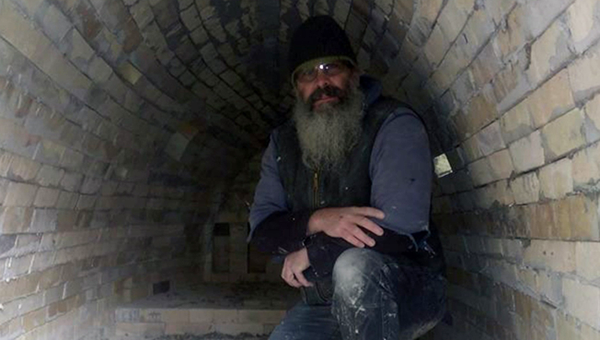
When wood is burned and dispersed throughout the confined space of a brick wood-burning kiln, attaining temperatures around 2350 degrees Fahrenheit, the wood-ash moves through the kiln, riding currents of flames and air past objects placed strategically within the space. When finally settling, the airborne ash starts to melt to the surface of the clay. Each pot becomes a reflection of its environment and exposures, intricately connected to the land the clay is drawn from and the specific wood used to fuel the fires. Guiding students through this complex process is Amedeo Salamoni.
Amedeo shares his craft with students and community members at George School, teaching all levels of ceramics. He leads the bi-annual firing of the wood kiln on campus, a highlight in his work as both an artist and an educator. He also serves as the gallery coordinator, curating exhibits and bringing visiting artists to campus.
Amedeo holds a BA and MA from Kean University and an MFA in ceramics from the University of Delaware. He began working with clay his junior year of college and was drawn to the connections between nature and ceramics.
His experience with wood-fired kilns came serendipitously from browsing the back of Ceramics Monthly Magazine, where he found a job listing for a potter at Hewell’s Pottery in Gillsville, Georgia. For the next seven years, he and eleven other potters hand-threw up to two thousand pounds of clay, turning out an astounding two hundred to three hundred terracotta pots each day. It was at Hewell’s that Amedeo learned to tend groundhog kilns, a traditionally southern kiln which is built into the side of a hill.
Redirecting his focus to teaching, Amedeo moved to Lancaster County, Pennsylvania, and taught community college classes while establishing his own studio, including the construction of a wood-fired kiln. He began teaching at George School in 2009.
His teaching style is more workshop than demonstration, and students are shown how to work through different processes while making a pot. When something unexpected happens, students learn not to fight against it; instead, Amedeo teaches them to follow the piece in a new direction or choose to make the correction they want to see.
“When students can see how you work through problems or that you don’t succeed all the time—to see that a mistake turns into a whole new direction, or a new body of work comes out of it—shows that there’s no right or wrong way to do it.” Amedeo said. He feels this first-hand view of “chance elements” at play is a fundamental skill needed when dealing with ceramics. “I want students to not be afraid to push the materials to the limit, because that’s how you learn and get better. If everything is considered precious, we won’t take risks.”
In his personal work, Amedeo enjoys digging his own clay from both southeastern Pennsylvania and Maryland, blending them to get a specific clay body to work with. He looks to find his own sense of balance between what is considered sculptural or functional.
His love for the art of ceramics and interest in individual technique led him to write Wood-fired Ceramics: 100 Contemporary Artists, which was published by Schiffer Publishers in 2013. Taking almost two years to complete, the book was written in the early hours of the morning before a full day of teaching classes. It is a beautiful and technical compilation profiling the work of contemporary ceramic artists. The collaboration involved in compiling and writing the book created lasting friendships, including with GS alum Salvatore (Sal) Annunziato ’14, the wood kiln director at Lancaster Creative Factory, who will return to teach a workshop with Amedeo during this upcoming Alumni Weekend.
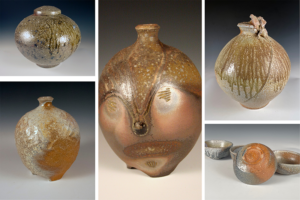
Coming to George School, Amedeo was excited to be able to share his skills in a studio that rivaled what was available in higher-level college coursework. One thing that was missing, though, was a wood-fired kiln.
In 2015, Amedeo was able to facilitate the building of the GS kiln, which had its inaugural fire in November of 2017. Built by Master Kiln Builders, a group established by Minnesota potter Donovan Palmquist, the GS kiln has a catenary arch design which allows for shorter firings (1-2 days as opposed to 4-5 days) and holds fewer pots. It is traditionally fired in both November and April, allowing ceramics students more opportunities to experience the process first-hand.
Running a wood-fired kiln is an act of community. The kiln is expertly packed, cones are set, and a fire is lit. It’s a weekend centered on the resiliency of clay and the patience of potters with friends and family often joining the event. Carter Sio ’76, woodworking teacher, mills fallen campus trees to use for the firing, encouraging students from the woodworking program to assist in the process.
The factors that affect a pot are numerous: the type of kiln, what materials the kiln is built with, where pieces are placed on shelves, the heat and speed of firing, the type of wood burned, the composites of the clay, the chemistry of the glaze…the list goes on. Amedeo is there every step of the way, ready to unpack the kiln alongside his students. The results can be unexpected—sometimes they’re close to what was desired—but often they land in a place Amedeo calls “the unknown” and he encourages students to embrace what they find.
Alums and local potters will join current students for the next wood-firing from April 19–21, 2024, bringing bisqueware, coffee, and community in celebration of the unknown.
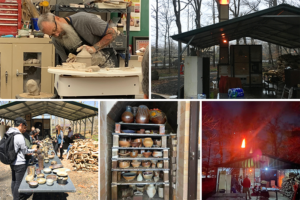




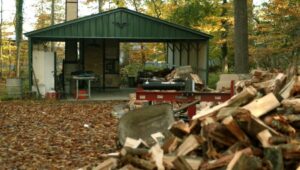

 Monastir, Tunisia, and Amman, Jordan
Monastir, Tunisia, and Amman, Jordan Irvine, CA
Irvine, CA Feasterville-Trevose, PA
Feasterville-Trevose, PA New Hope, PA (Previously NYC)
New Hope, PA (Previously NYC) Richboro, PA
Richboro, PA Englewood, NJ
Englewood, NJ Ningbo, Zhejiang, China
Ningbo, Zhejiang, China Willingboro, NJ
Willingboro, NJ Yardley, PA
Yardley, PA Newtown, PA
Newtown, PA Holicong, PA
Holicong, PA Newtown, PA
Newtown, PA Hamilton, NJ
Hamilton, NJ Yardley, PA
Yardley, PA Lambertville, NJ
Lambertville, NJ Chongqing, China
Chongqing, China Pennington, NJ
Pennington, NJ Yardley, PA
Yardley, PA Bensalem, PA
Bensalem, PA Borgota, Colombia
Borgota, Colombia Newtown, PA
Newtown, PA Burlington, NJ
Burlington, NJ Langhorne, PA
Langhorne, PA Princeton, NJ
Princeton, NJ Langhorne, PA
Langhorne, PA New York City, NY
New York City, NY New Hope, PA
New Hope, PA St. Catharines, Ontario, Canada
St. Catharines, Ontario, Canada Providenciales, Turks and Caicos Islands
Providenciales, Turks and Caicos Islands Willingboro, NJ
Willingboro, NJ Princeton, NJ
Princeton, NJ
 Newark, NJ
Newark, NJ Trenton, NJ
Trenton, NJ Newtown, PA
Newtown, PA
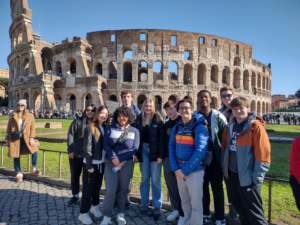
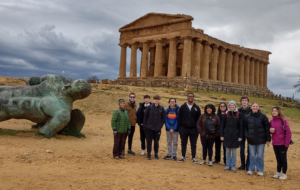

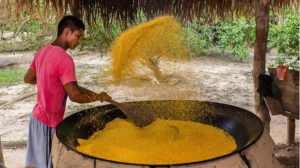


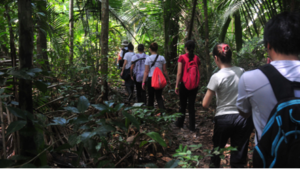
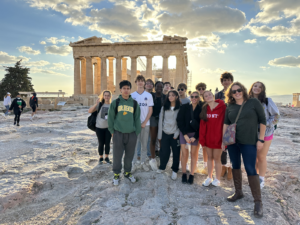
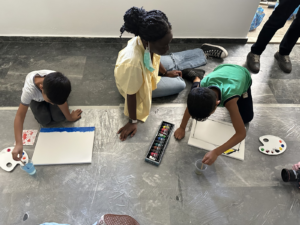
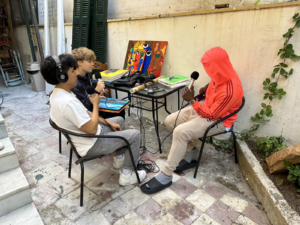


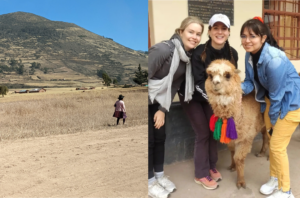

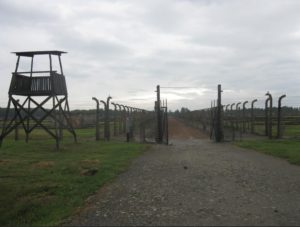



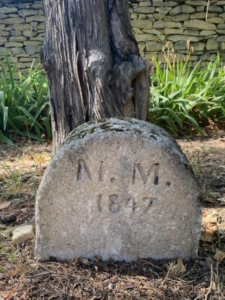
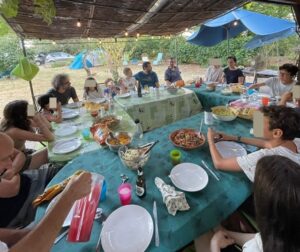
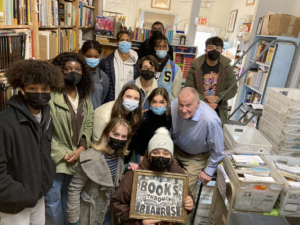




 Lawrence, NJ
Lawrence, NJ Seoul, South Korea
Seoul, South Korea
 Milwaukee, Wisconsin
Milwaukee, Wisconsin Pennington, NJ
Pennington, NJ Jenkintown, PA
Jenkintown, PA Ottsville, PA
Ottsville, PA Yardley, PA
Yardley, PA Providenciales, Turks and Caicos Islands
Providenciales, Turks and Caicos Islands Hopewell, NJ
Hopewell, NJ
 Pottstown, PA
Pottstown, PA Playa del Carmen, Quintana Roo, México
Playa del Carmen, Quintana Roo, México Shanghai, China
Shanghai, China Beijing, China
Beijing, China Yardley, PA
Yardley, PA Beijing, China
Beijing, China Holland, PA
Holland, PA Langhorne, PA
Langhorne, PA Ringoes, NJ
Ringoes, NJ New Hope, PA
New Hope, PA Dreshner, PA
Dreshner, PA Yardley, PA
Yardley, PA Yardley, PA
Yardley, PA PA
PA


 Xi’an, China
Xi’an, China





